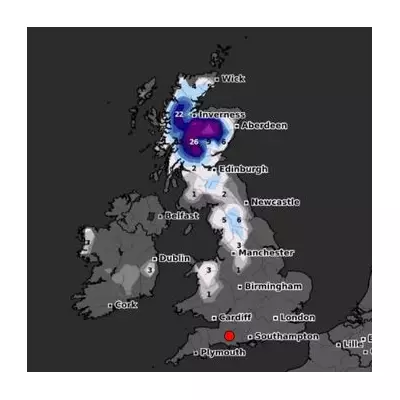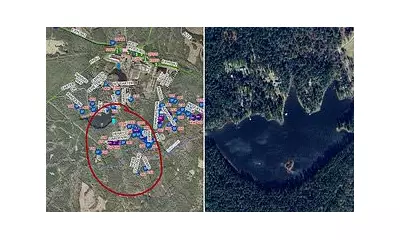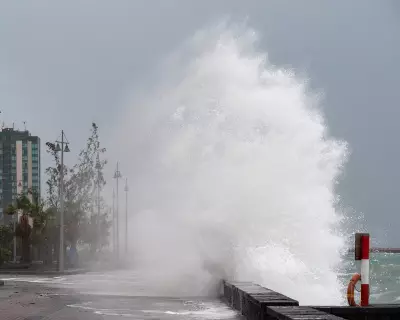
A state of emergency has gripped Texas as a relentless and stationary storm system pummels the region with torrential rainfall, triggering catastrophic flooding described by officials as 'life-threatening'. The Federal Emergency Management Agency (FEMA) has mobilised swiftly, deploying federal personnel and critical resources to the hardest-hit areas.
The National Weather Service (NWS) issued its most severe warning, a 'Particularly Dangerous Situation' alert, for millions of Texans. The phenomenon, known as a 'training' storm, involves a conveyor belt of thunderstorms continuously moving over the same area, akin to carriages on a train track, leading to unprecedented rainfall totals.
Immediate Threats and Official Response
Residents across central and eastern Texas are facing dire conditions. The NWS emphasised the extreme peril, stating, "This is a life-threatening situation. Do not attempt to travel unless you are fleeing an area subject to flooding or under an evacuation order." Social media has been inundated with footage of submerged vehicles, swamped highways, and rescue operations.
In response, FEMA has pre-positioned emergency teams and equipment, including:
- Urban Search and Rescue teams on standby.
- Emergency power generators and water supplies.
- Incident Management Assistance Teams to coordinate with local authorities.
Why This Storm Is So Dangerous
Meteorologists point to the 'training' effect as the primary cause for the rapid escalation of this disaster. With the ground already saturated from previous rains, new precipitation has nowhere to go, leading to flash flooding that can overwhelm communities in mere minutes. Major rivers are forecast to swell to major flood stages, compounding the crisis for days to come.
This event echoes previous devastating floods in Texas history, underscoring the state's vulnerability to extreme weather patterns intensified by a changing climate.





